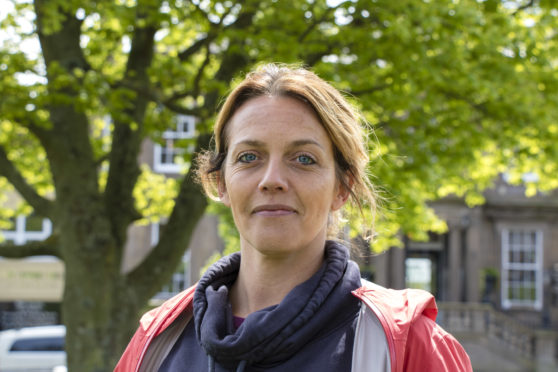Plastic pollution in the Firth of Forth is much worse than previously thought, according to research by Dundee University.
A study by Suzanne Grime examined 16 coastal locations on either side of the Forth estuary — she retrieved 20,281 pieces of plastic from a total area of just 48m2.
The research, which Suzanne carried out as part of her undergraduate dissertation last year, also found that 71.5% of the plastic recovered was nurdles — small plastic pellets about the size of a lentil.
Nurdles are commonly melted down to make plastic products.
Some of the areas that Suzanne examined are of home to plastic manufacturers. This shows that mishandling in the industrial process causes large swathes of nurdles to wash up on the shores of the Forth.
Plastic waste is a well-documented threat to marine and bird life.
Bo’ness was the most polluted site Suzanne studied, with more than 14,500 pieces of plastic removed from an 3m2 and just 2cm deep.
Suzanne, who graduated with a degree in Environmental Science last year, said: “I was absolutely shocked by what I found. I didn’t expect to find so many heavily polluted areas.
“It was overwhelming and disturbing. What I found was worse than any previous attempts to gauge the scale of the plastic pollution problem had shown.
“Inspections take place but these are announced ahead of time so areas can be cleaned up. When you conduct a survey at random, a different picture emerges.
“I expected to find a lot of plastic bags, bottles, cotton buds and things like that because there’s been so much publicity about them, but the nurdles really shocked me.
“It’s impossible to say how bad the situation is, but you must be talking about millions of pieces in the Firth of Forth.
“I live in Fife and used to take my children to beaches here but I wouldn’t do that now having found what I have.
“Something needs to be done about this. Millions of pieces of primary plastic are finding their way onto our beaches and into our water and no one is taking responsibility.”
Suzanne hopes to return to the university to further develop her research as part of a Masters degree in Marine Hydrodynamics and Ocean Engineering. She will look at the prevalence of plastic in rivers and seas.
She added: “Removing nurdles is not like getting rid of metals; you can’t use a magnet. Currently, there is no alternative but to sieve and physically pick them up.”









